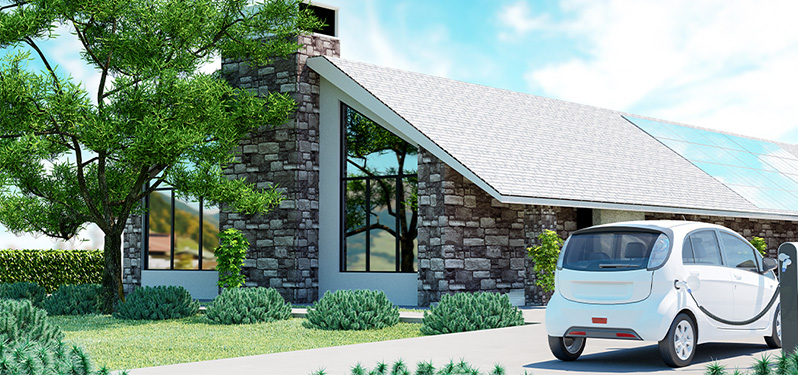The Difference Between Level 2 and Level 3
If you’re considering an electric vehicle, how you will charge it is likely your number-one concern. Indeed, according to market-research firm J.D. Power, charging is one of the top three concerns of those considering electric cars.
Over the last few years, the range of the average new electric vehicle has improved substantially. The first electric cars were best for short trips in the city, but the latest EVs often can travel almost as far on a full “tank” as some gasoline vehicles – giving them far greater flexibility.
Charging an electric vehicle still takes longer than filling up a gasoline car. You might spend five minutes at the gas pumps to get a couple hundred miles of range. On the other hand, filling an EV can take more time – several hours if you are charging on a Level 2 AC charger. That’s where DC fast charging, or “Level 3” charging comes in.
Unlike an alternating current charger, like you’d use at home, a DC, or direct current, charger bypasses your EV’s power electronics to charge the battery at a much higher rate. You can generally recognize DC chargers by their much thicker charging cables. On many electric vehicles, you will fold down an extra panel on your car’s charge port to uncover the connections for a DC charger.
The advantages of using DC, or Level 3, charging is clear – it fills your EV a lot faster than a Level 2 charger would. But what are the disadvantages?

Like Junk Food for Your Car
Batteries rely on a chemical reaction to produce power. Over time, just like on your laptop or with your cell phone, the battery’s capacity will deteriorate microscopically with every charge. Using DC, or Level 3, charging, can increase the speed of this deterioration.
AC charging, what you’d generally use at home, takes longer because the reaction, moderated by the vehicle’s power electronics, is gentler – the chemical components aren’t being bombarded at high speeds by power flowing from the charger. On the other hand, DC charging can flow power into the battery up to 30 times as fast.
A recent study by the Idaho National Laboratory found that an EV’s battery pack will indeed deteriorate faster if its only power source is Level 3 charging – though the difference is relatively small. They tested two pairs of Nissan Leaf EVs that were driven and charged twice a day. Two of the cars were recharged from Level 2 chargers, while the other two were recharged at Level 3 charging stations.
After 50,000 miles of testing, the cars that were charged using only Level 2 recharging lost around 23 percent of their battery capacity, while the Level 3 vehicles lost around 27 percent of their battery life. While DC charging may have had a negative effect on the test cars’ battery life, its effect was not overly significant.
Think of fast charging as junk food for your electric car. Just like it’s okay to occasionally have a “cheat day” and wolf down a burger and fries, even if you’re on a healthy diet, it’s okay to take advantage of DC fast charging when circumstances require – but you don’t want your EV’s daily diet to be from fast chargers.
Very few of us will max out our electric vehicle’s range during our daily commute – so just like you might indulge in some fast food at a rest stop en route to a distant location, you might also take advantage of a Level 3 DC fast charge at the same stop.

It’s Best to Charge at Home
At other times, you can fill up at home. A Level 2 charger for your electric car will plug into a 220-volt outlet and deliver somewhere between 5 and 10 kW of charge, enough to charge up your vehicle overnight, so you can depart with a full “tank” of juice in the morning.
If you have an EV with a big electric range – and you can plan far enough ahead – you can further increase your battery’s life by not charging it to 100% every time. Most EVs let you set the maximum state of charge via the controls on the infotainment system in the car or via a mobile app.
Installing a charging station at home isn’t complicated if you have a garage or a driveway – we have tools right here on GreenCars to pick the perfect charger and even locate an electrician in your area.
While installing a charger will come with a cost, the good news is that many regional and local authorities offer incentives for the installation of home charging units. You may even be eligible for favorable rates during off-peak hours. The GreenCars incentive tool can help you minimize your spending – while enjoying all the benefits that electric driving has to offer!

















